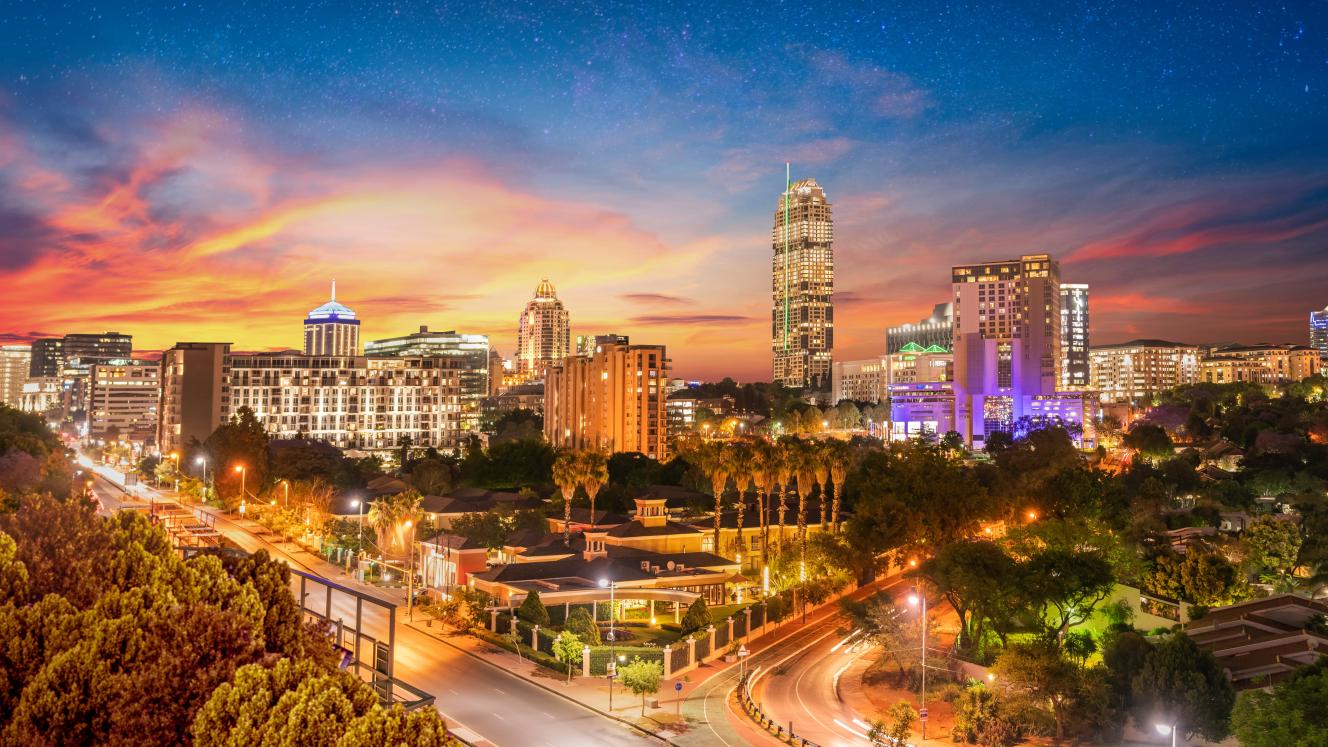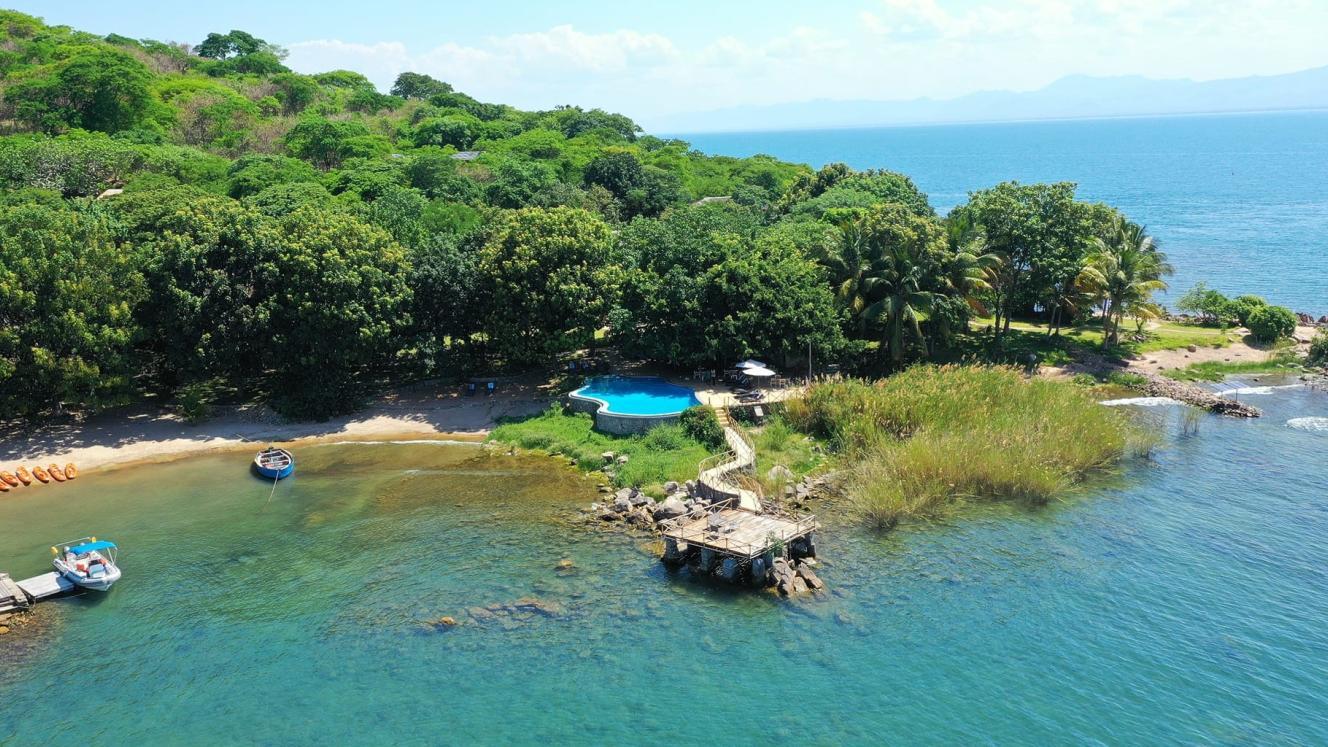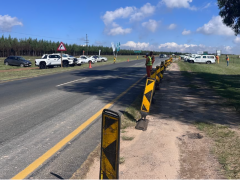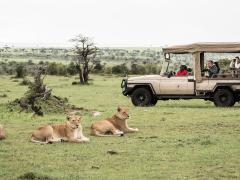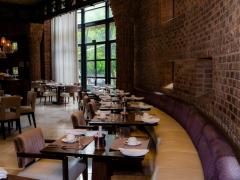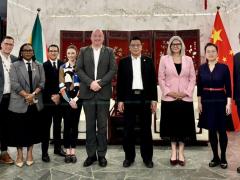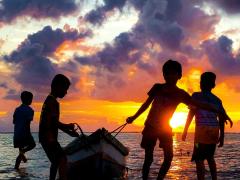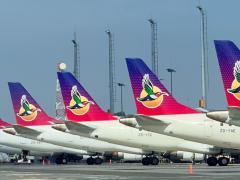Reports of sharp increases in international arrivals and international tourism revenue for Gauteng in the 2024/25 financial year have been broadly welcomed, although Johannesburg's infrastructure and safety issues – together with difficulties in attracting multi-day visits – still present significant headwinds.
The province recorded a 31% increase in international arrivals to 3.8 million during 2024/25 and generated R41 billion (US$2.3 billion) revenue – 29% higher than its target of R29 billion (US$1.65 billion). The figures were presented by Gauteng MEC for Economic Development Lebogang Maile on August 10.
“This growth was not accidental; it is the product of targeted strategic investment in increased airlift capacity, new air routes development as well as heightened and impact-driven destination marketing initiatives and strategic bidding and hosting of catalytic signature events, conferences and exhibitions,” said Maile.
Digging deeper
Gustav Pieterse, Chairperson of FEDHASA Inland, said the results indicate the province is outperforming expectations.
“These figures are hugely encouraging and have had a positive impact on SMMEs and the greater hospitality community,” he told Tourism Update.
However, stressed Pieterse, a significant proportion of the arrivals comprise short-term business travellers along with in-transit passengers who didn’t venture beyond the OR Tambo International Airport precinct.
“To encourage visitors to stay longer, we need to create different and diverse itineraries, and market Gauteng’s leisure appeal while hosting more multi-day events and conferences,” he added.
Meanwhile, the province’s infrastructure, safety and security challenges are having an ongoing detrimental impact.
“This results in shorter stays or avoidance of Johannesburg altogether, negative reviews, negative commentary or dialogue and increased operational costs – and all this with very little to no support from government structures while industry continues to drive (at their own cost) tourism revenues and contribute positively to the GDP, employment and socio-economic engagements,” said Pieterse.
SATSA CEO David Frost said, although infrastructure challenges exist across the country, private-sector initiatives such as Jozi My Jozi are making “real differences in destination enhancement and visitor experience”.
Underlining the need for the creation of compelling itineraries, he said: “Like global cities such as São Paulo, Mexico City or Bangkok, Johannesburg offers something distinctly different: a place of rich history, authentic local culture and genuine immersion experiences that international travellers increasingly seek.
“Our goal must be to showcase the greater Gauteng region’s potential and encourage the tourism industry to include these diverse experiences in international itineraries, positioning Johannesburg alongside our traditional safari and coastal offerings.”
Operators report mixed results
Thabo Modise, Owner of Toura Travel Therapy – which runs art tours in Soweto and the Johannesburg CBD – confirmed his business has been challenged in particular by tourist concerns about safety.
“We haven’t experienced any impactful growth on our end. We face challenges in getting travellers to stay longer in Joburg and the safety issue is the main contributor.”
Modise emphasised that the broader South African tourism sector needed to encourage positive perceptions of Johannesburg.
“This is not only Johannesburg-based organisations but also those in other cities. We’ve hosted a number of guests who were told by Cape Town-based hotels and guides, for example, that Joburg is not a safe destination. These guests end up being pleasantly surprised after each tour,” he added.
The early results of a Tourism Update poll indicate that other operators and suppliers are also not experiencing the healthy tourism growth outlined in the official figures.
By the time of publication, most readers (59%) said they had not noticed an increase in tourist arrivals and spend in Gauteng.
However, Itumeleng Pooe, MD of tour operator AfriCentric, said she has witnessed growing demand for Johannesburg as part of South African itineraries – particularly among US clientele.
“While interest is promising, the limited available time often poses a challenge, restricting our ability to fully explore and showcase the city’s rich tapestry of experiences,” said Pooe.
There is significant potential in harnessing attractions such as the Cradle of Humankind as the centrepiece of multi-day itineraries, she added.
“To unlock this potential, public-sector tourism bodies should consider an increase in targeted fam trips for industry intermediaries and travel planners. Such initiatives would enable us to better understand, experience and subsequently package these sites – ultimately encouraging longer stays,” said Pooe.
Music, sports and wellness focus
Looking ahead, Maile said the province will be exploring “aggressive partner marketing and co-creation initiatives” to develop dedicated sports, wellness and music tourism routes.
He explained that the province’s tourism, trade and investment strategy is premised on Africa first, followed by overseas source markets including the US, UK, Germany, China, India, the Middle East and Brazil.
